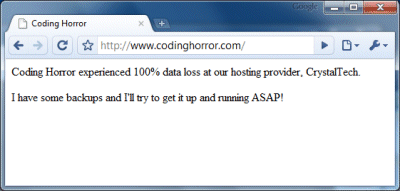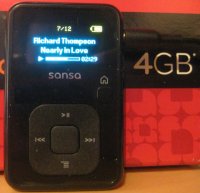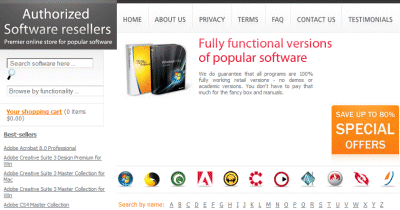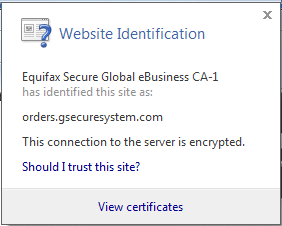DGM has released a magnificent CD/DVD box set reissue of King Crimson’s classic debut, The Court of the Crimson King.
Maybe I will write more about this when I have listened to it properly, but in the meantime a few observations.
This is completist heaven. There is always argument about whether reissues should feature the original mix (for authenticity) or a new mix (to benefit from modern noise-free mixing techniques). The makers of the recent Genesis boxes contentiously chose the latter. DGM by contrast offers both.
Not only that, you get several versions of both. You get a new 2009 mix in CD and several DVD versions – several DVD versions because only DVD audio players can cope with the highest resolution, and most people only have DVD video players – so we end up with a 2009 surround mix in two audio versions; a 2009 stereo mix in two audio versions; and the original mix as mastered in 2004 in two audio versions.
It doesn’t stop there. We also get a needledrop from the first pressing of the UK vinyl release on Island Records; and an alternate take version of the album with different performances, such as an instrumental-only 21st Century Schizoid Man.
Then there are the other extras: the full version of Moonchild; a live concert from 1969 (Hyde Park, July 5th combined with Filmore East, New York in November); a mono album mix issued for US radio.
If 5 CDs and a DVD aren’t enough for you, you can also enjoy the LP-size box, which enables the original artwork to be printed at its proper size, and inserts including a well-written 24 page booklet, two photographs from the era, and rattling aimlessly about inside, two little badges.
But I promised some observations, not just a description. I love the album; never be deceived by the opening clamour of 21st Century Schizoid Man, this is thoughtful music, not a mindless thrash. It was extraordinary hearing it for the first time; I’m not sure when that was for me – not 1969, but a couple of years later. It might have been on that wonderful Island Records sampler, Nice Enough to Eat, which I listened to in 1972 or thereabouts. If any album deserves this kind of treatment, this one does.
It was particularly thoughtful of the compilers to include the vinyl needledrop and the full-size artwork. Still … as it happens I have the record, not the first pressing, but an early ILPS, 4U matrix if you really want to know.
I played the record and then the CD needledrop. You know what? My record sounds better to my ears. Oddly, on the “declicked” needledrop you can easily hear pre-echo of the opening salvo of Schizoid, where it goes from very quiet to very loud. This is a vinyl flaw, where a quiet groove picks up a faint echo of the louder groove which follows it. My cut doesn’t have that, at least not audibly. It also sounds richer, more open, more dynamic.
Another thing I noticed: the artwork. Honestly, you have to see an early pressing of the original LP to appreciate this very striking image. The definition is much better, the colours more vibrant, those eyes – they stare manically out of the original, in the new print they are muted.
I’m guessing that they didn’t manage to get hold of the original artwork, and that what we have here is a print of a print.
Never mind. If you love this album, get the box; it is fantastic. You can get it from burning shed.



